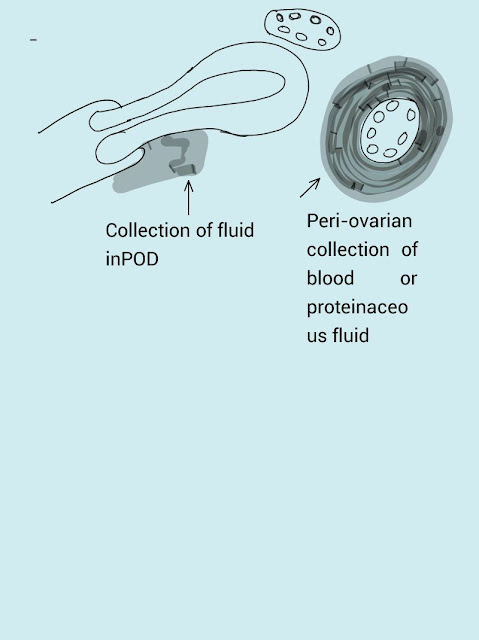This can be caused if the ovarian follicle is about to ovulate. Any minimum frictional contact will cause ovulation and continued bleeding and rarely it can cause bleeding.
usually the origin of the pain = site of pathology.
Bleeding in these scenarios is secondary to ovulation. The collected blood usually stays around the ovary
usually the origin of the pain = site of pathology.
Bleeding in these scenarios is secondary to ovulation. The collected blood usually stays around the ovary



